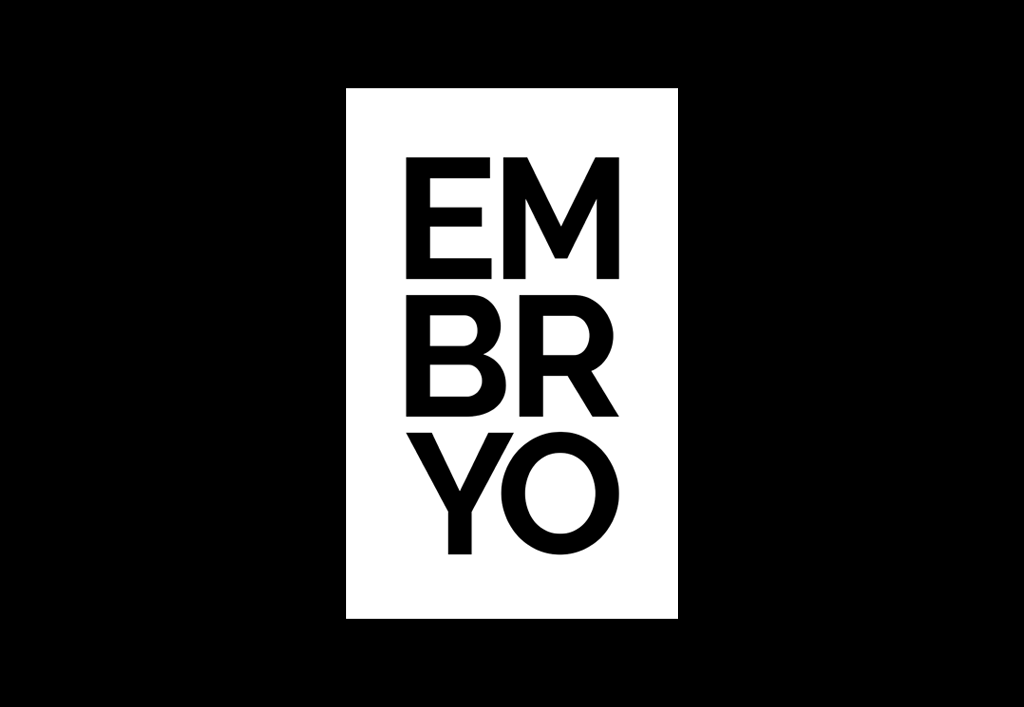
External linking in your content: A very quick guide

External linking is one of the most important aspects of SEO that can greatly benefit a website’s search engine rankings and user experience. In fact, it’s been an important part of SEO since SEO was first a thing!
Here at Embryo, our Content Team spend time every day ensuring that their external links are relevant, useful, and trustworthy in each piece of content. Many companies usually shy away from linking strategies, without understanding how important they really are.
If you find that you’re struggling with external links, don’t worry. This piece will act as a handy guide, helping you to understand all about external linking from what it is to some of the best practices.
Let’s delve into the world of external linking in a bit more detail!
What is an external link?
External linking, which can also be known as outbound linking, refers to the practice of linking to another website from your own website. It is essentially used to provide additional information to users, to support the content on your own site, or to establish credibility and authority on a particular topic.
In the context of SEO (Search Engine Optimisation), external linking can play a significant role in helping to improve the visibility and ranking of a website in Search Engine Results Pages (SERPS). By linking to high-quality, authoritative websites, you can demonstrate to search engines like Google that your website is a valuable and trustworthy source of information.
The four key differences between internal and external links are:
As well as external links, you can also use internal links. Whereas external links direct the user to a completely different website, internal links only point to other pages on your website.
|
Internal links |
External links |
| Links within the same website/domain | Links point to another website/domain |
| Aids in website navigation | Refers users to outside sources |
| Controlled by the website’s owner | Not directly controlled |
| Links to related blog posts on the same site | Links to a research paper/a blog post from another site |
Why should I do it?
Some companies are a bit hesitant when it comes to external linking, and their reasons are pretty valid. Their reasonings include:
- They don’t want to direct people off their site and away from their sales funnel
- They don’t want to boost the rankings of other sites in their industry, even if they are not direct competitors
- They don’t want to confuse the user by linking to external resources
- They don’t want to link to sites that aren’t highly relevant to their own business or industry
Whilst these concerns are valid and common, it’s important to realise that most external links, particularly within blog posts, really don’t make much difference to the user experience – most people tend to just skim over them!
Discover More:
- A guide to H1, H2 and H3 tags
- Do backlinks need to be “Follow” or “NoFollow”?
- Finding bad backlinks to your site and how to fix them
What are the benefits?
Despite these concerns, external linking helps search engines understand the relevance and authority of your website, and there are several reasons why external linking can benefit a website’s SEO. These include:
- Improved credibility – linking to high-quality and authoritative websites demonstrates to search engines that your website is a reliable source of information.
- Increased referral traffic – linking to other websites may attract visitors from those sites who are interested in learning more about the topic you’re discussing, which can, in turn, help to increase the traffic to your website.
- Greater visibility – external linking can help increase the visibility of your website, as it can help your website appear in the search results of other websites.
- Enhanced user experience – by providing links to relevant and useful websites, you can improve the user experience of your website, leading to higher levels of engagement and satisfaction.
- Improved indexing – when you link to other websites, search engines can more easily discover and index the content on your website. This can help improve the visibility of your website.
Remember, when adding external links, it is crucial to link to relative and authoritative websites. Avoid excessive linking, as it can dilute the overall impact of your links.
Four best external linking examples
There are several best practices you can follow when adding external links to your website to protect your SEO reputation and maintain a high-quality website. Some of the most important practices are:
Open external links in a new tab
This step isn’t super important, but it is a good practice to follow. When adding external links to your content, set the links to ‘open in a new tab’. This way, the link will open in a new browser tab, keeping your website open and increasing the chances of users returning to it.
You can do this by adding the target=’blank’ attribute to the hyperlink, as shown below.

Link to high-quality, relevant sites
Perhaps the most critical SEO practice for external links, this step adds value to your content by linking to authoritative and relevant sources. Not only does this improve the credibility of your content, but it helps search engines understand your site’s topic and relevance.
For example, if you’re writing a blog post about healthy eating, linking to a study prepared by a reputable nutritionist or organisation about the benefits of vegetables would make sense.
In general, avoid linking to low-quality or spammy websites, as this can negatively impact your SEO.
Use Nofollow links appropriately
Nofollow links tell search engines not to pass any link value to the linked site. You can use this attribute for ads, sponsored content, affiliate marketing links, and user-generated content. This practice helps you to avoid penalties from search engines while providing valuable resources to your readers.
Here is an example of a nofollow link below:

Optimise your anchor text
The anchor text is the clickable text in a hyperlink, and what your readers will see when they click on an external link. It should therefore be relevant to the linked page’s content and provide context for both users and search engines.
Try to avoid generic phrases such as ‘click here’, and use descriptive keywords that match the linked page’s content.
Here is an example of an optimised anchor text on an external link below:

When search engines and users encounter the link, they will know that the linked page is about ‘SEO services’.
Externally link like a pro with Embryo
Adding external links to your content is one of the easiest things you can do to improve your overall link performance. It doesn’t require a huge amount of time or effort, just a bit of thought and consideration! But hopefully, with our tips, you’ll be a pro in no time.
At Embryo, we see what others don’t. So, if you’re looking for ways to improve your linking strategy, we’re always happy to help! Get in touch today.
Frequently asked questions
What are the benefits of external links?
External links play a crucial role in your SEO strategy, as they help to build credibility and trust. Linking to reputable sources also strengthens your content’s authority. Including quality and reliable outbound links can positively influence your search engine rankings.
What is the purpose of an external link?
In short, an external link is a hyperlink that points to any domain other than the domain that the links exists on. External links have a greater impact on search engine rankings than internal links because they are valued by search engines as external votes of confidence/popularity in a web page.
Are external links bad for SEO?
No, external links don’t hurt your SEO, so don’t stop yourself from including them when they can be helpful and relevant to your readers. External links only penalise your Google rankings when done wrong.



